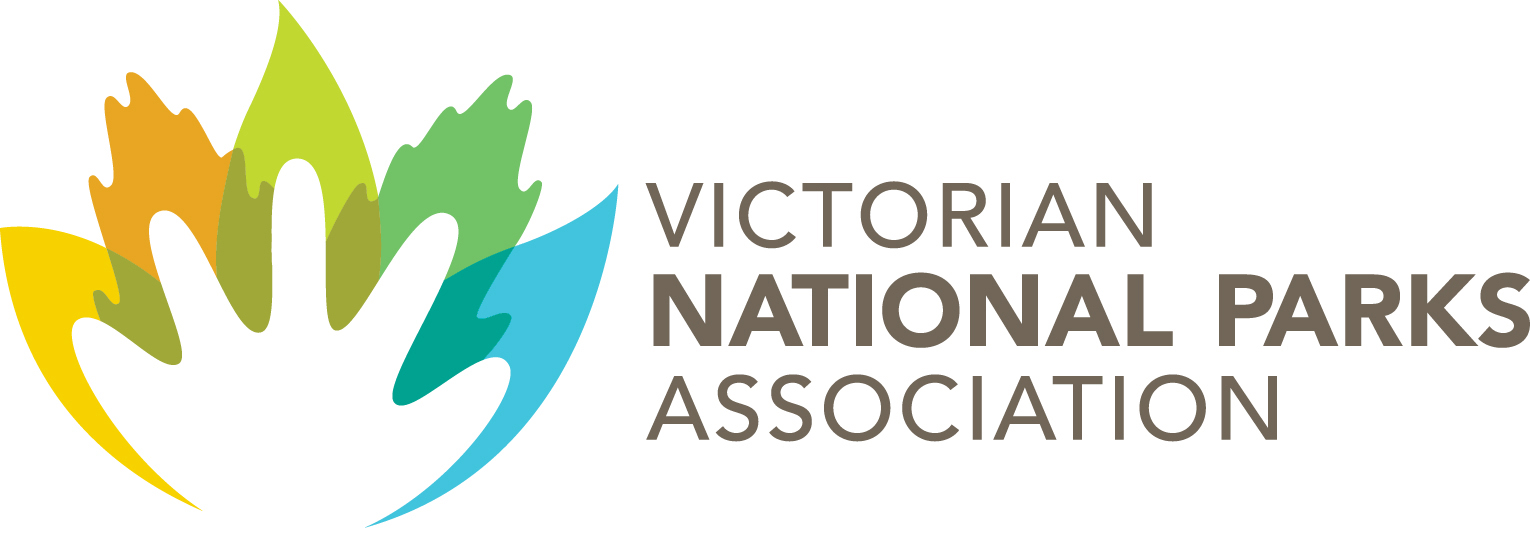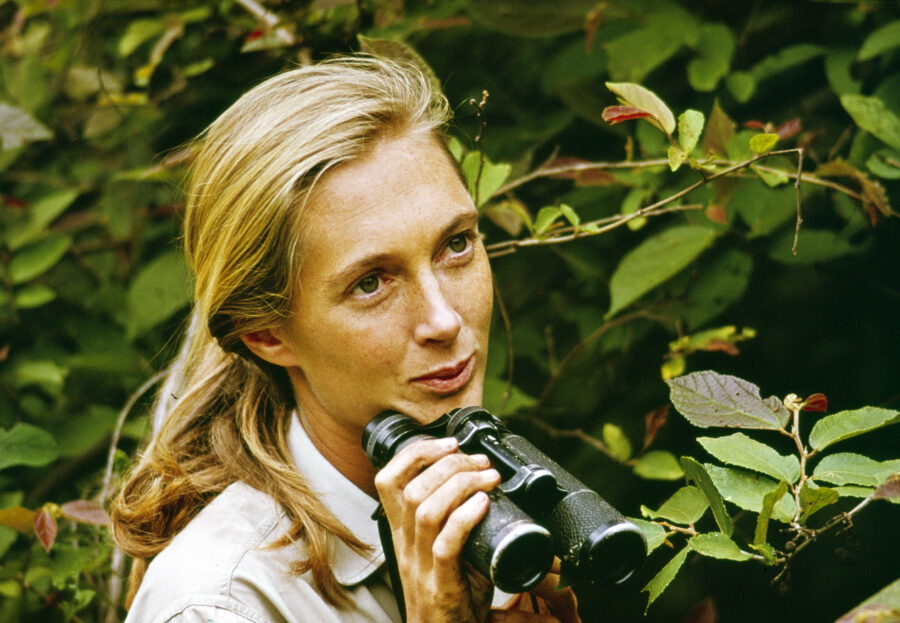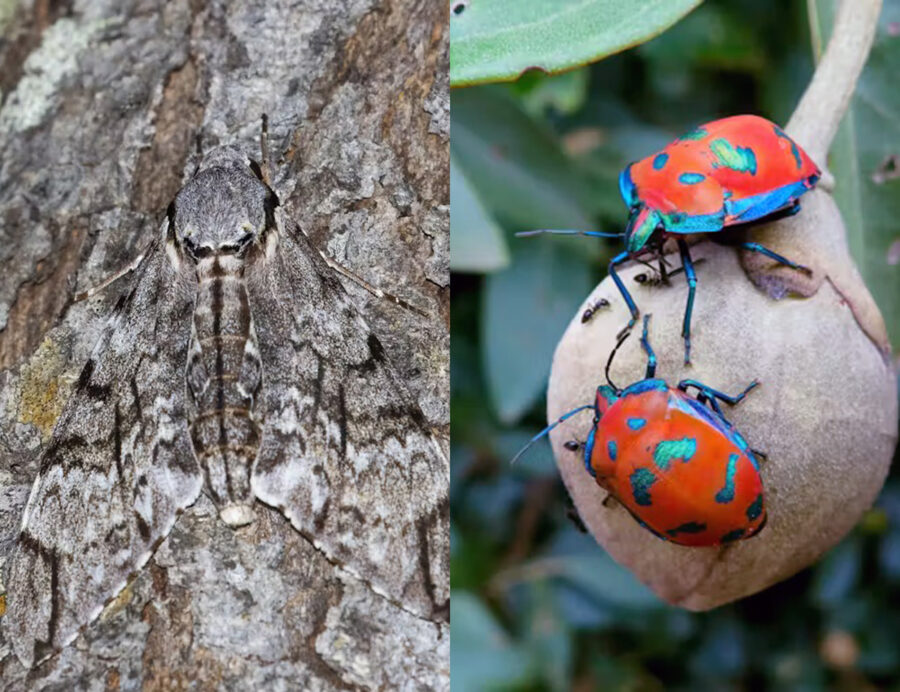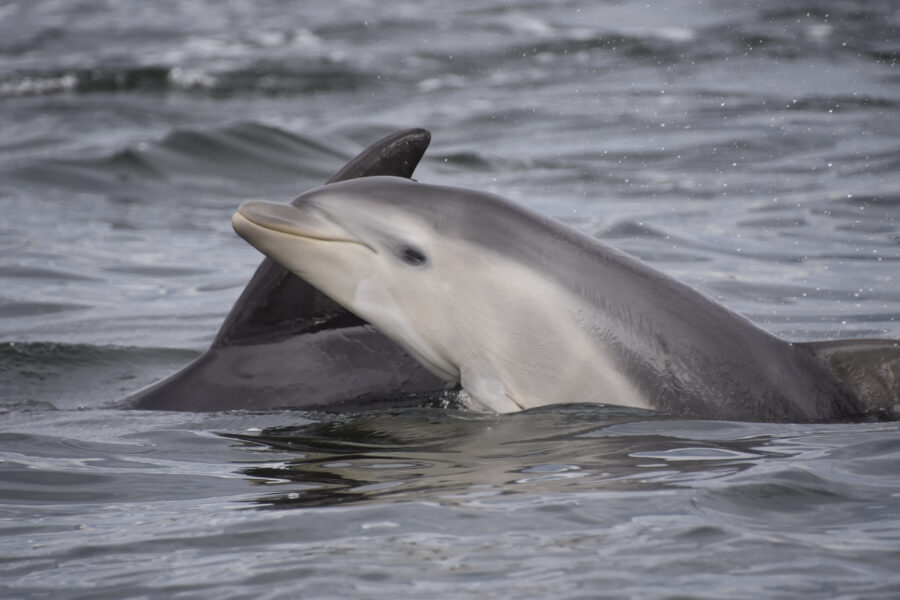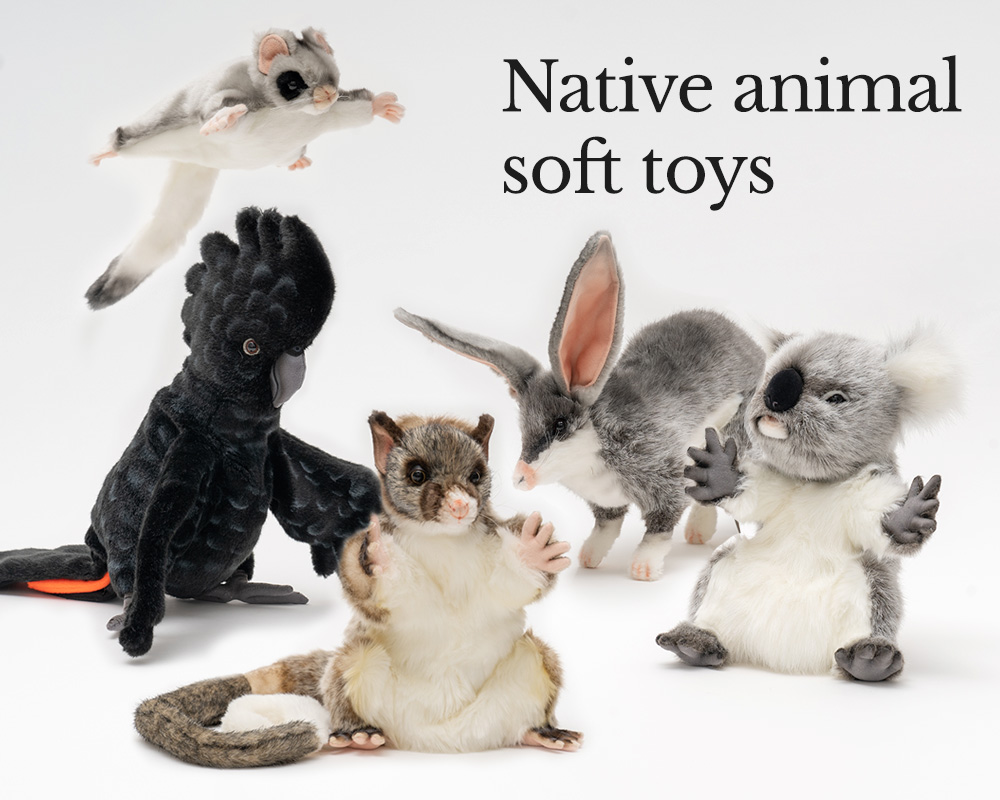A place of refuge… nearly
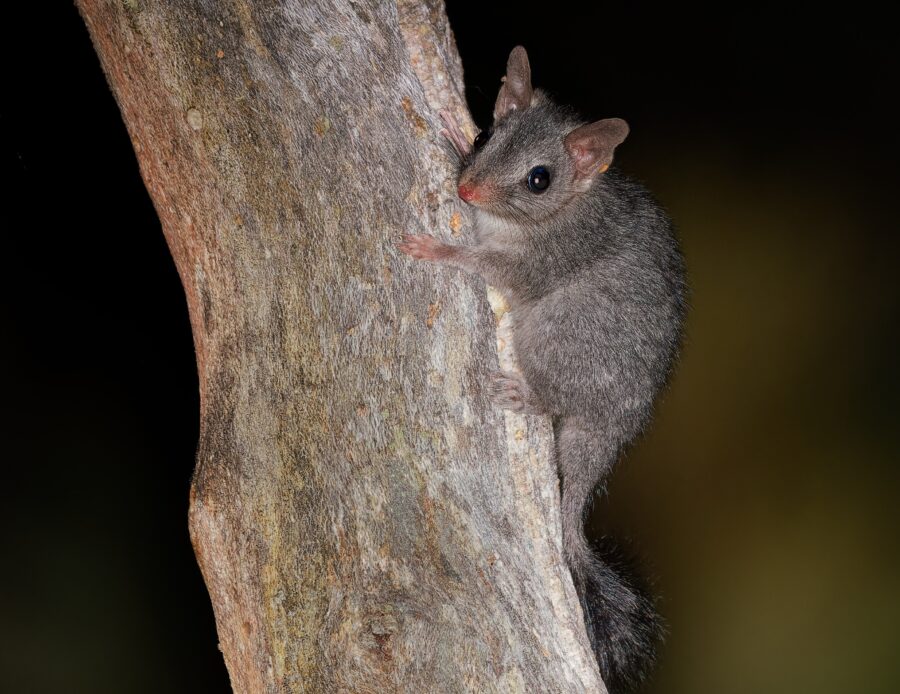
This article is brought to you by Victorian National Parks Association.
Meet the brush-tailed phascogale (Phascogale tapoatafa). Measuring only 30–40cm, with big black eyes and a black feathery tail reaching up half its body, this tiny marsupial is one of over 380 rare and threatened plants and animals that call the forests of Victoria’s central west home.
Phascogales live in the hollows of dead box, ironbark and stringybark eucalyptus trees. There, they hide from predators during the day, emerging after dark in search of a meal.
For millennia, these tree hollows have provided crucial shelter for phascogales and for other native animals too, including possums, gliders and parrots.
But their forest homes are under growing pressure from industrial exploitation. Logging and other land-clearing activities strip away the old trees that form hollows, leaving phascogales and many other species with an unsustainable level of competition for those that remain.
Not only do the hollows offer protection from predators – both native and introduced – but they’re also where the phascogale hides when cyclical fires burn through the forest.
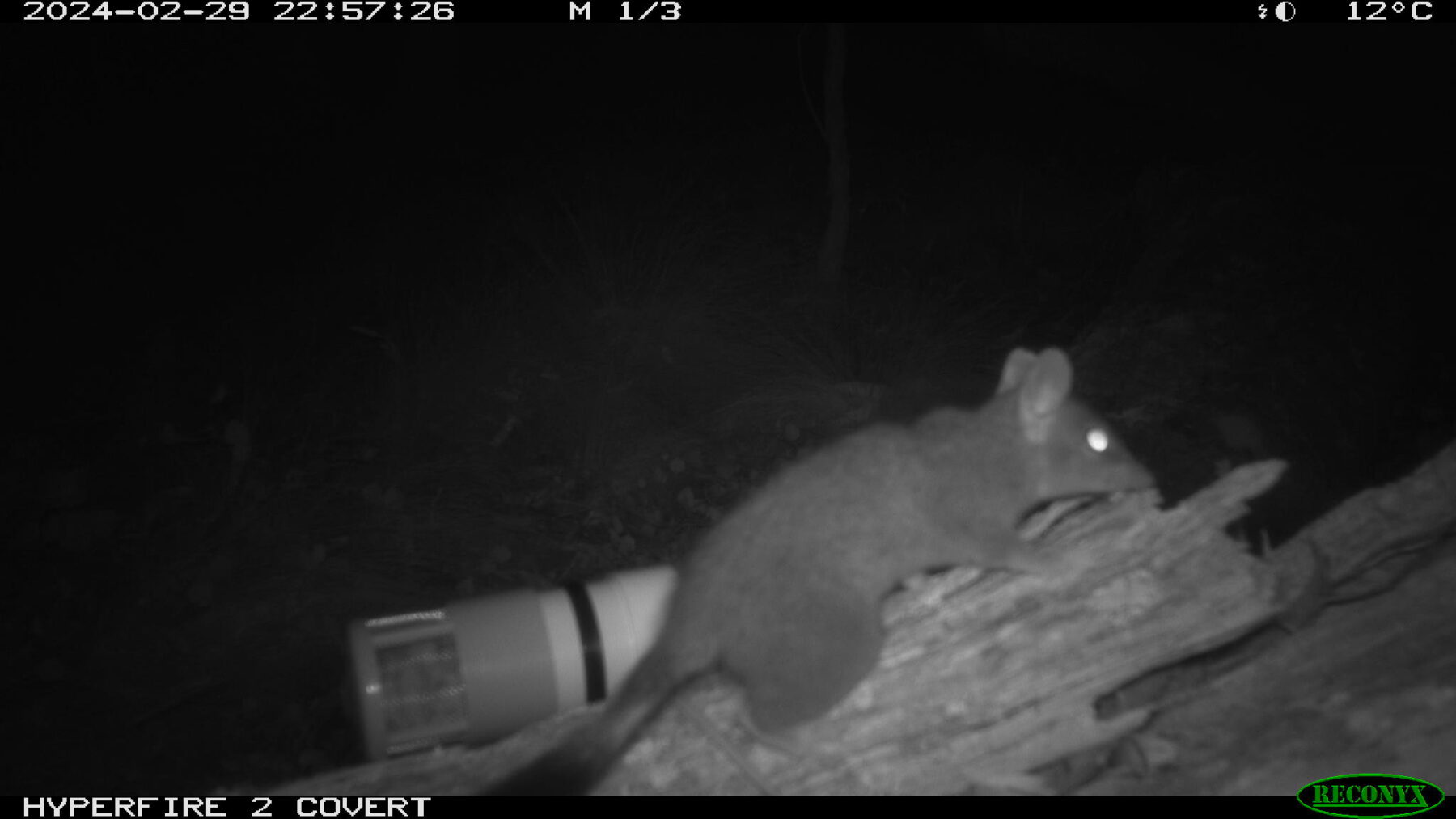
These fires have increased in size and scale in recent decades due to climate change and the long history of native forest logging and land clearing that has slowly dried these landscapes out.
This is all compounded by the state government’s planned burning programs.
“Setting small fires to mitigate the risk of larger fires is a difficult thing to do without causing a lot of destruction to wildlife habitat in the process, and they can get out of control and do more damage than planned,” says NatureWatch coordinator Dr Sera Blair.
“The research shows burns need to be regular and close to homes to be effective, yet we see many fires kilometres away in good forest unlikely to protect distant homes. This is ‘quantity over quality’ rather than the nuanced, targeted approach that’s needed.”
Brush-tailed phascogales are now listed as a vulnerable species in Victoria, with increasingly smaller and more scattered populations. Their story is just one example of many that highlight why national parks are so critical to Australia – and beloved by Australians.
The need for national parks and citizen science
Nature, and animals like brush-tailed phascogales, are under extreme pressure from land-clearing, invasive species, climate disruption and inappropriate development and management.
In places like Victoria’s central west, years of studies by experts and ecologists resulted in recommendations to protect forests in new national parks. It’s here that Dr Sera Blair worked with citizen scientists, members of the public with no formal ecology training, to set up and monitor nesting boxes and cameras to collect data on the species.
“Wildlife conservation depends on us knowing what animals are where, how their population is faring, how much current and likely future habitat they have available, and securing it into the future,” Sera explains.
“The monitoring research like we do in our citizen science program is helping to fill in gaps in knowledge to try and protect local wildlife populations.”
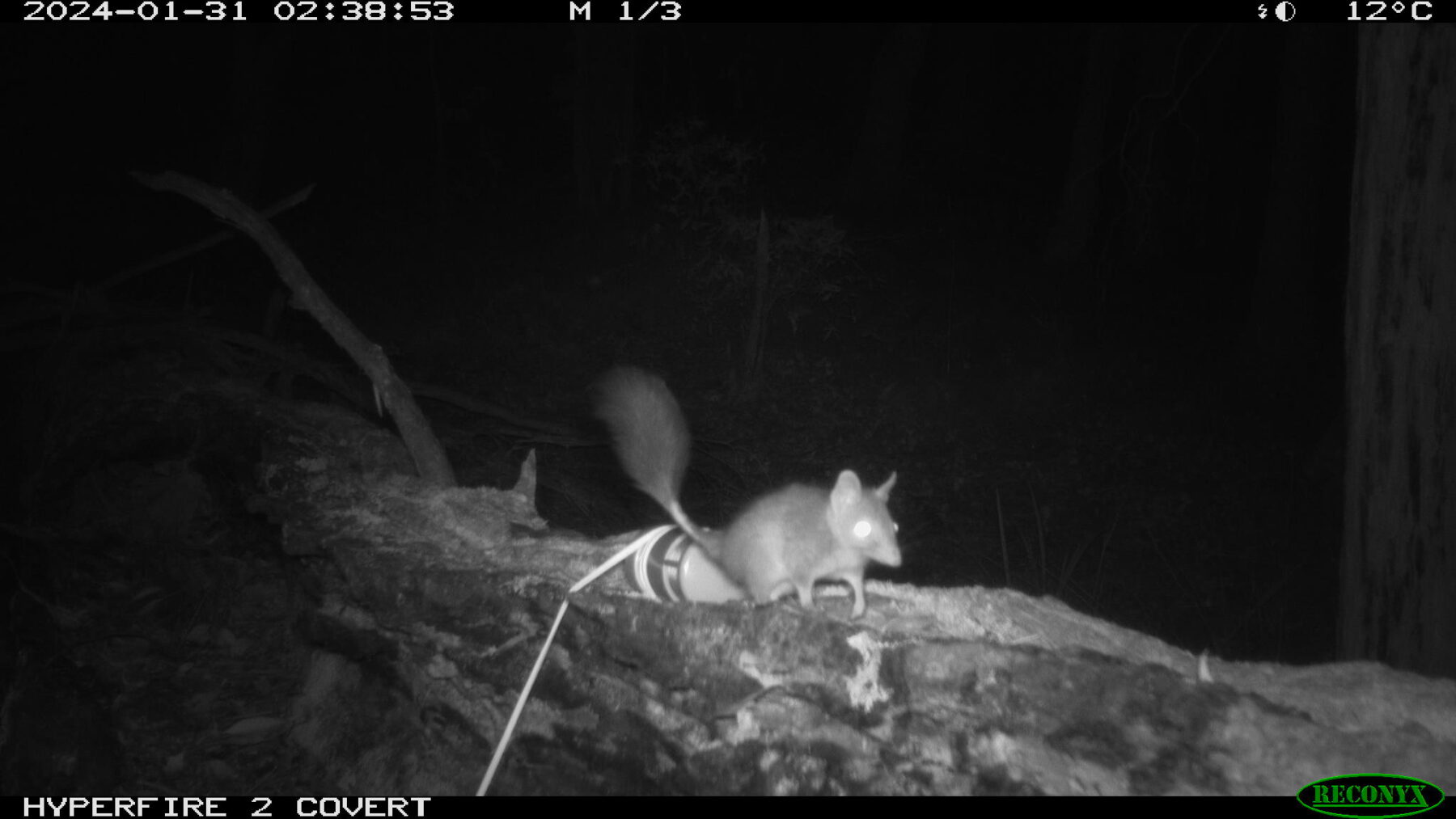
The most effective way to keep phascogales and other native plants, animals and fungi from extinction is to protect their natural habitat through the creation of new national parks.
“Within national parks, habitat is more intact because it’s protected from industrial activities like logging, mining and irresponsible firewood collection. At the same time, national parks attract low-impact tourism and give the community safe places to explore nature and see a great variety of wildlife and plants,” Sera says.
More so, national parks connect wildlife habitats and entire landscapes. This is particularly important in Victoria, which has cleared more of its forests, grasslands and wetlands than any other Australian state or territory.
“This means populations of native animals get separated and sometimes smaller populations die out because their habitat is no longer suitable or cannot support a growing population,” Sera explains. “By connecting areas of habitat, there are opportunities for individuals to move to new homes and keep their gene pool more diverse.”
“This gives wildlife like the brush-tailed phascogale a more secure future as it better protects them from being wiped out by a single catastrophic event or a series of smaller events that could potentially wipe out all of their populations.”
The Victorian Government concurs. In 2021, it agreed to create three of four recommended new national parks: Wombat-Lerderderg National Park near Daylesford, Mount Buangor National Park near Beaufort, and the Pyrenees National Park near Avoca, as well as a network of smaller conservation reserves and regional parks.
But four years later, brush-tailed phascogales and other native wildlife are still waiting. The government has yet to fulfil this commitment.
Australians have always rallied to protect the landscapes we love. Now is our chance to see Victoria’s central west forests join the proud tradition of national parks, securing a safe future for our wildlife. Please add your voice to the call for the creation of the national parks so the government’s promises don’t ring hollow.
This article is brought to you by Victorian National Parks Association.
